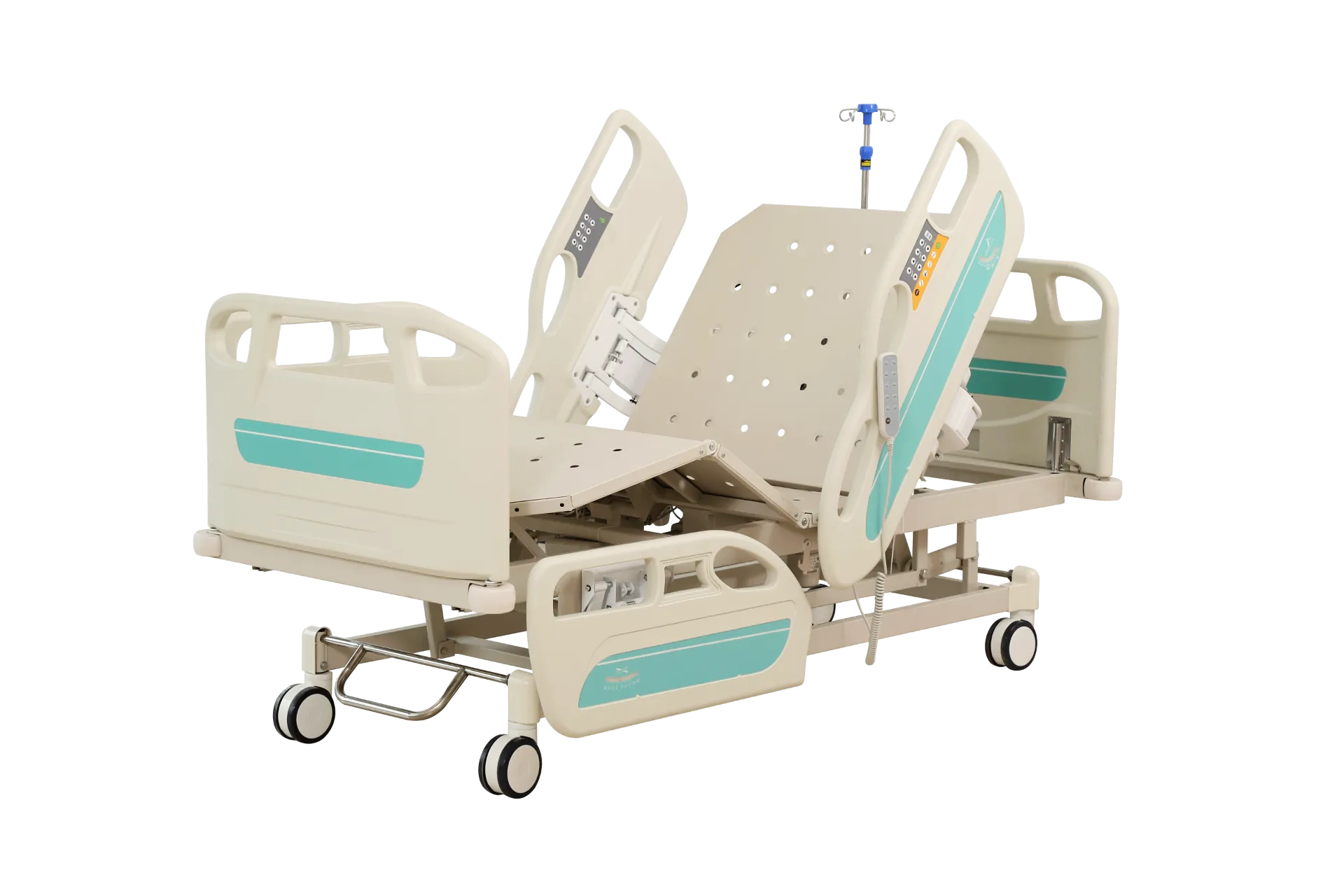Welcome to our websites!
Effective Techniques for Safe and Comfortable Crutch Use in Daily Activities
The Importance and Impact of Crutch Use in Mobility Recovery
Crutches play a vital role in the rehabilitation process for individuals who have experienced injuries or surgeries that affect their ability to walk. By providing support and stability, crutches can significantly impact a person's recovery journey, allowing them to regain mobility and independence. This article will explore the various types of crutches, their proper use, challenges faced by users, and the psychological effects of crutch use during recovery.
Types of Crutches
Crutches come in various styles, each designed to cater to specific needs and preferences. The most common types are axillary crutches, forearm crutches, and platform crutches.
- Axillary Crutches These are the most traditional form of crutches, made of lightweight materials such as aluminum. They are designed to fit under the arms and support the weight on the hands. Though effective, improper use can lead to discomfort or even nerve compression if used for extended periods.
- Forearm Crutches Also known as Lofstrand crutches, these require users to rest their forearms in a cuff, which distributes weight more evenly across the arms and eliminates pressure on the underarms. They are often preferred by individuals with upper body strength since they allow for a more natural gait and better maneuverability.
- Platform Crutches Designed for those who cannot bear weight on their wrists or hands, platform crutches provide a stable surface for the forearm while supporting the rest of the body. This type is less common but essential for individuals with certain types of injuries or conditions.
Proper Use of Crutches
Using crutches effectively requires proper techniques that ensure safety and efficiency. When using axillary crutches, users should ensure that the crutch tips are positioned slightly in front and to the side of their feet. Maintaining an elbow angle of about 30 degrees while gripping the handles helps to promote good posture and reduces fatigue. For forearm crutch users, it is vital to keep the forearms secure in the cuffs and to use the hand grips to propel the body forward, which allows for a more fluid movement.
crutch use

Training sessions with a physical therapist can help users learn the best practices and techniques for crutch use, tailored to their specific needs
. This training not only enhances mobility but also boosts the user’s confidence in navigating various environments.Challenges Faced by Users
Despite the benefits, crutch users often face several challenges. Navigating different terrains, such as uneven sidewalks or crowded spaces, can be daunting. Many users report that fatigue can occur quickly, especially if they are not accustomed to using crutches for long periods. Additionally, mobility aids such as crutches can create a barrier in social situations, leading to feelings of isolation or anxiety.
Accidental falls are another concern. Users must be vigilant; misusing crutches or not paying attention to their surroundings can lead to accidents. It's essential for crutch users to practice caution, especially when using stairs or tackling obstacles in their path.
Psychological Effects of Crutch Use
The psychological impact of using crutches cannot be understated. For many individuals, using crutches can be a reminder of their limitations. Feelings of frustration, dependence, and even embarrassment can accompany the physical challenges of using mobility aids. On the other hand, crutches can also represent hope and progress toward recovery. Users often experience a sense of accomplishment as they learn to navigate their environment with assistance, reclaiming their independence step by step.
Support from friends, family, and healthcare professionals can significantly affect a crutch user's mental well-being. Encouragement and understanding can help reduce feelings of isolation, allowing users to engage actively in their rehabilitation process.
Conclusion
Crutches serve as an essential tool in the recovery process for individuals with mobility impairments. By understanding the different types of crutches, practicing proper use, and addressing the challenges associated with their use, individuals can enhance their recovery experience. While using crutches may come with psychological hurdles, with support and the right mindset, users can overcome these challenges, paving the way for a successful return to mobility and independence.
-
Transforming Healthcare with Hospital FurnitureNewsJun.24,2025
-
Rehabilitation EquipmentNewsJun.24,2025
-
Mobility and Independence with WheelchairsNewsJun.24,2025
-
Freedom of Mobility with Our Rollator WalkersNewsJun.24,2025
-
Comfort and Independence with Commode ChairsNewsJun.24,2025
-
Bathing Safety and Independence with Shower ChairsNewsJun.24,2025
-
Navigating the Wholesale Landscape of Electric Mobility Solutions: Key Considerations for Power Wheelchair DealersNewsJun.10,2025











